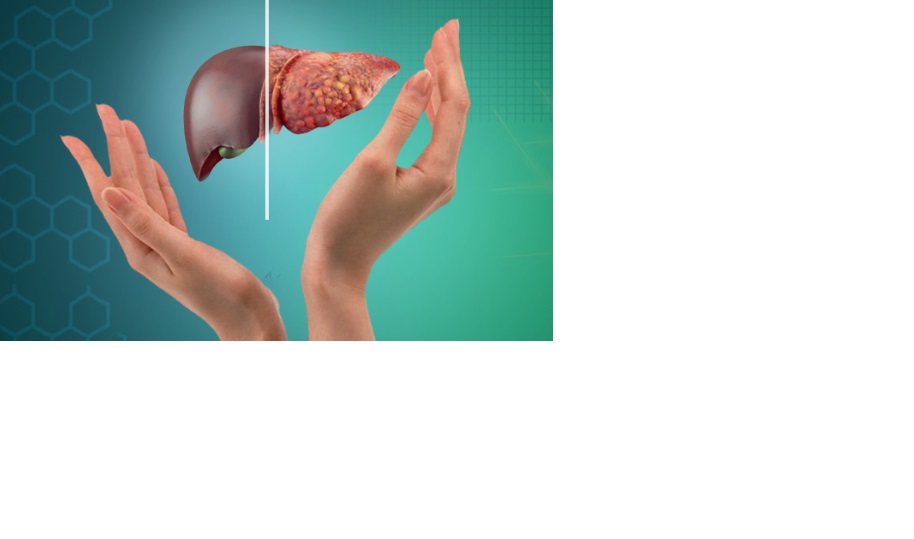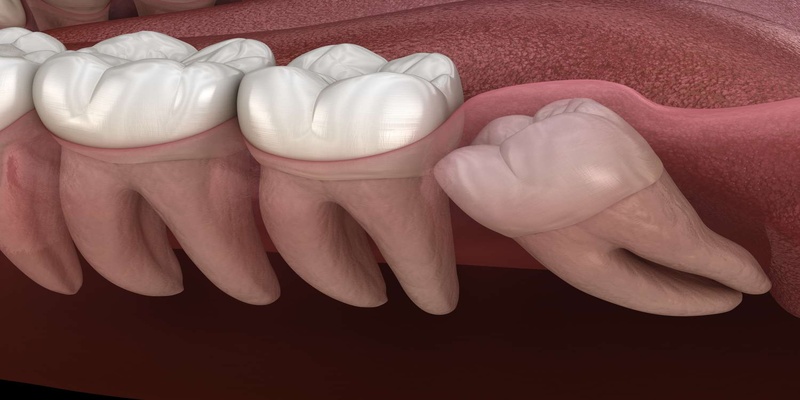The liver is the largest human body organ and is present on the upper right sight of the abdomen. Its functions include the removal of toxins from the body and processing of food nutrients. Moreover, it also filters the blood coming from the digestive system before it travels to other body parts. Therefore, it is crucial to ensure the body's normal functioning.
Let's explore this article to read about the causes, symptoms, types, treatment, and prevention of fatty liver disease.
Fatty Liver Disease & Its Types
Fatty liver disease is also named steatosis, in which extra fat accumulates in the cells of the liver. It is a common disease in Western countries, affecting almost one in every ten individuals. In this condition, there are 10% extra fat accounts for the total liver weight, which is an abnormal condition and can lead to severe outcomes.
This disease can lead to liver inflammation, a condition known as steatohepatitis, which causes damage to the liver. Broadly, there are two types of this disease:
- If this condition occurs due to alcohol abuse, it is alcoholic steatohepatitis. Almost 5% of individuals in the U.S. encounter this type of fatty liver.
- If this condition occurs due to obesity, diabetes, or any other factor, it is known as non-alcoholic steatohepatitis (NASH). This condition is affecting almost 20 to 40% of the U.S. population. This disease leads to injury to the liver cells, increasing the risk of cirrhosis, fibrosis, or even liver cancer.
Who Is Likely to Get a Fatty Liver?
The following individuals have a greater risk of developing a fatty liver at any time in their lives:
- Asian or Hispanic people
- Individuals who have completed menopause
- Obese people with high belly fat level
- People with high blood pressure
- People with high cholesterol levels in their bodies
- Diabetic individuals
- People with obstructive sleep apnea problem
Causes of Fatty Liver Disease
When people consume more calories in food, it leads to more fats in their bodies. A malfunctioning liver does not process extra fats efficiently to break down them into simpler components, and this results in fat accumulation over time.
People who are diabetic, obese, or have high triglycerides concentration in their bodies are more prone to this disease. Moreover, a liver can also become fatty by absorbing fats from other body parts or the intestine.
Other causes of fatty liver disease also include:
- Alcohol consumption
- Malnutrition
- Metabolic syndrome
- Overweight
- Rapid Weight loss
Negative Impacts
- Liver inflammation hardens this organ, leading to the condition of cirrhosis, which can potentially cause liver failure.
- Scar tissues also get formed in the damaged area of the liver, which is known as fibrosis.
- Most of the healthy tissues of the liver get replaced with scar tissues.
- The normal functioning of the liver retards down due to severe damage to tissues.
- Complete blockage of liver functioning can also occur in extreme cases.
- Liver failure or liver cancer can also occur if cirrhosis becomes worse.
How to Diagnose Fatty Liver Disease?
Fatty liver can only be diagnosed if your blood test report indicates something abnormal. Your doctor can also identify this condition if he notices life enlargement during a routine check-up. A high level of liver enzymes also indicates a damaged liver, such as fatty liver disease.
Moreover, a CT scan or ultrasound can also help in getting a picture of the liver to assess its condition. A liver biopsy is the ultimate way of diagnosing this condition in which your doctor takes a liver tissue sample with a needle and inspects it under a microscope. In addition, FirbroScan is a specialized kind of ultrasound that can be used in place of liver biopsy and helps track the amount of fat and scar tissue present in the liver.

Symptoms of Fatty Liver Disease
There are no apparent symptoms of fatty liver disease, and usually, people come to know about this condition after medical tests. Its symptoms do not appear even if it is damaging your liver for years or even decades. In case of worse conditions, the symptoms appear in the form of:
- Abdominal discomfort and pain
- Mental confusion
- Fatigue
- A feeling of fullness in the abdomen's upper right side
- Loss of appetite
- Nausea
- Swollen abdomen
- Swollen legs
- Tiredness
- Weakness
- Weight loss
- Yellowish skin and eyes whites
How to Prevent and Reverse Fatty Liver Disease?
The treatment of fatty liver disease does not involve any medical or surgical treatments. However, you can take some simple measures to prevent or reverse the damage to your liver in case of NASH:
- Lose your weight gradually; losing no more than ½ kg in a week is recommended.
- Lower the consumption of triglycerides in your diet and medication.
- Avoid drinking alcohol.
- Control your diabetes by taking a balanced diet, if you are a diabetic patient.
- I prefer eating a balanced and healthy diet.
- Increase your physical activity by doing exercise daily or also playing any outdoor game of your interest.
- Go for regular check-ups from your liver specialist doctor.
- Ensure that your medicines, herbs, and other supplements are not toxic to the liver.
- Administer vaccine for protection against hepatitis A and B viruses.

Conclusion
If you have fatty liver disease, it is crucial to adopt such measures which help keep your liver healthy. For this purpose, you should avoid anything that causes damage to your liver. It would help if you changed your lifestyle and eating habits to lose weight.
Moreover, it would be best if you also exercised regularly to decrease liver fat and inflammation problems. You should eat well and consume more fruits, vegetables, whole grains, legumes, nuts, fish, olive or canola oil, etc. You should also avoid consuming butter, red meat, and poultry in excess.




